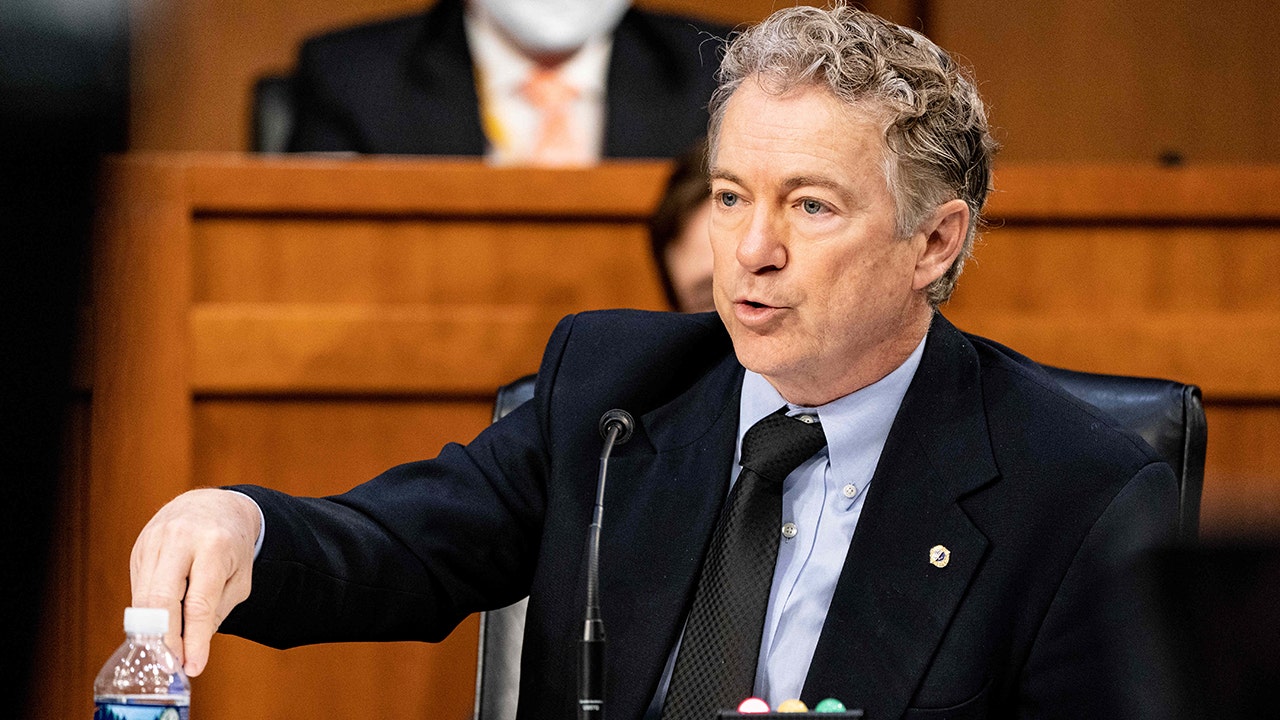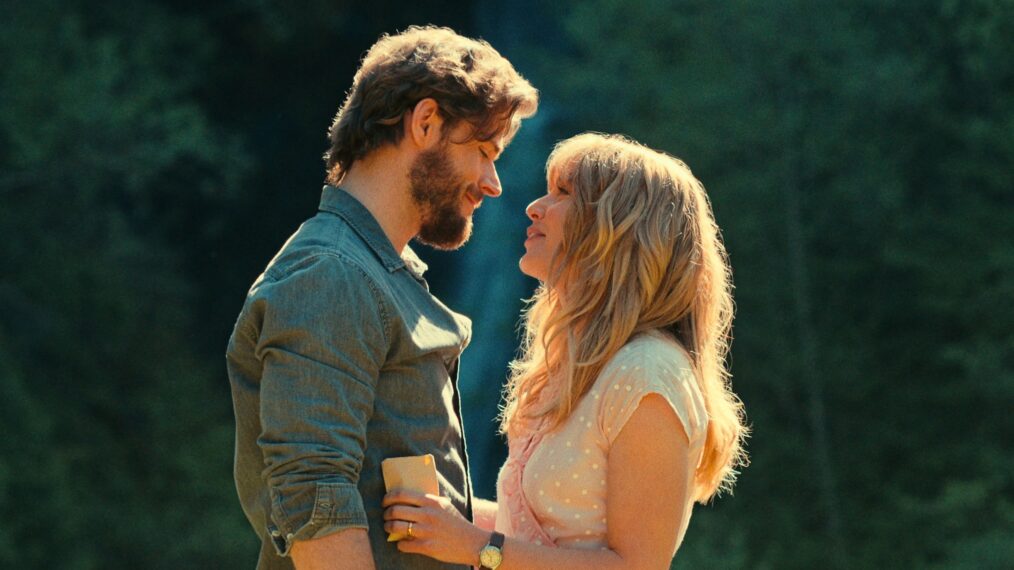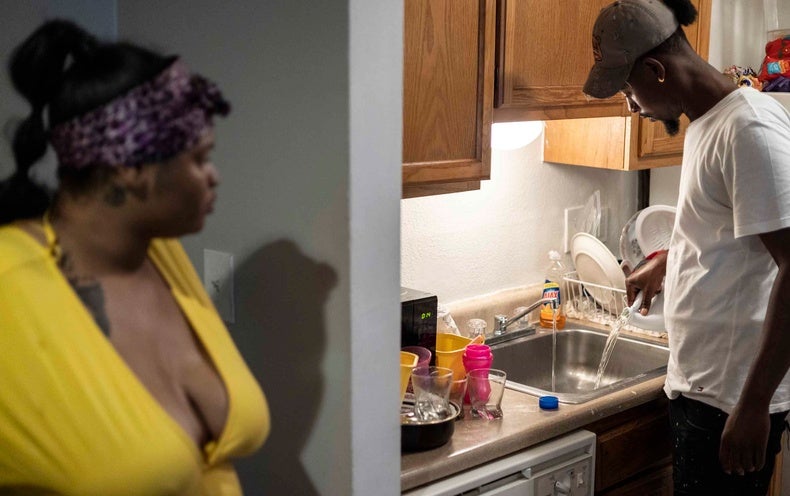Expressing one’s enthusiasm for Glass Onion, Rian Johnson’s sequel to Knives Out, presents a dilemma. Is it possible to declare that it’s more pleasing in most respects (and neck-and-neck in most others) without sounding dismissive of the thoroughly delightful original? Would it help to add that, walking out of this film, rewatching the first only becomes a more attractive proposition? (And that’s for someone who just revisited Knives again last week.)
This picture offers more action, more delicious comeuppances, more daring design and a few genuinely surprising cameos just for good measure. Yet it doesn’t suffer from the usual “give ’em the same thing, but more of it” bloat common in sequels to surprise hits. Its ensemble is more varied than Knives‘, and its critique of the clueless rich more relevant to our age.
Glass Onion: A Knives Out Mystery
The Bottom Line
Even more delightful than the first.
It offers a little window or two into the private life of the celebrity detective Benoit Blanc (Daniel Craig) — though, in going less deep than Kenneth Branagh did with Poirot in his second Agatha Christie adaptation (which also surpassed its predecessor, by a lot), it keeps the character enough of an enigma that one hopes he’ll be revealed slowly, over many films. (After all, Craig just got free of that other big recurring obligation…) Its surprises may be more ordinary than the biggies in Knives Out, but they’re integral to the fun — and since it’s not possible to acknowledge a couple of the film’s strongest elements without spoiling them (this review won’t spoil anything), its best to say ignore any buzz and just go see the thing.
Maybe the most negative thing you can say about Onion is that viewers who love the ornate old mansions and retro-exotic settings that usually house such affairs might be disappointed. Here, the action is all on a billionaire’s private island in Greece, an isle dominated by pompous vanity architecture filled with hyperexpensive but tacky and uncomfortable-looking objects (and some good art, surely chosen by someone other than the billionaire).
Edward Norton plays Miles Bron, a ripped-from-the-headlines tech princeling who gets credit for far more inventions than he should. Every year, he invites his little clique of pre-success buddies for a weekend of fun. This time he has planned a pretend murder mystery, in which one of the guests is supposed to have killed him.
Why invite the world’s most famous detective to such an event? Isn’t that like bringing Kareem Abdul-Jabbar to your pickup basketball game? How are dummies like Kate Hudson’s former supermodel Birdie (now a lifestyle entrepreneur whose business is financed by Bron) supposed to compete? Or dummies like Dave Bautista’s Duke Cody, a men’s-rights YouTuber so attached to his handgun that he goes swimming with it strapped to his Speedo?
Okay, those two aren’t going to win this life-size game of Clue. Connecticut governor Claire Debella (Kathryn Hahn) and Birdie’s assistant Peg (Jessica Henwick, standing out again in a smallish role) are smarter, and Duke’s girlfriend Whiskey (Madelyn Cline) is the kind of wild card who could be genuinely sharp under an Instagram-hottie facade.
But none of these folks are sharper than Lionel Toussaint (Leslie Odom Jr.), the scientist responsible for turning Bron’s cryptic three-word “brainstorms” into products, or Cassandra Brand (Janelle Monáe), the former business partner Bron shafted not long ago. Bron is surprised she accepted his invitation; but he looks more surprised Blanc even knew about this getaway. Someone other than Bron sent Blanc’s invitation. As in Knives, we’ll be guessing at that person’s identity for a while.
Being unable to discuss much of the plot lets us get to know the dramatis personae here more than we otherwise might. Nearly all depend on Bron’s money in some way, but he pretends they’re still just great friends. Would it surprise anybody if one of these “shitheads” (the movie’s word, though you’ll agree) might feel like killing Bron for real?
While that potential simmers in the background, Johnson scratches the fresh scab over Brand’s betrayal. All these people used to be her closest friends, yet all lied about her in court when Bron wanted to get rid of her. What’s her angle? Is she here to make them all feel guilty, or just to show them how rich people should dress? (Costume designer Jenny Eagan creates several memorable looks, none more so than Blanc’s seersucker bathing garb.)
Understanding her motives will involve some hopping back in time, which Johnson does without losing any momentum at all. If anything, once he gets back to the present he’s on a roll — and while Blanc seems to have mostly figured this whole scenario out before cocktail hour ended, he’s also mindful of his limitations. He’s a detective, he has to remind people, not Batman: Uncovering the truth of a crime doesn’t mean anyone will pay for what they’ve done.
That’s one big way in which the Blanc films differ from most of the chamber whodunits that inspired them: Characters others might write off prove crucial to the solutions Blanc helps bring about. He doesn’t use the “arc of truth” metaphor that served him well in the first film, but it seems even more apt here, as he helps set things in motion and then watches them work as they should. It’s deeply satisfying, even before you start to appreciate the way it subverts conventions about authority figures. Even on a private refuge that police have a hard time reaching, justice can sometimes be done. In the movies, anyway.























































